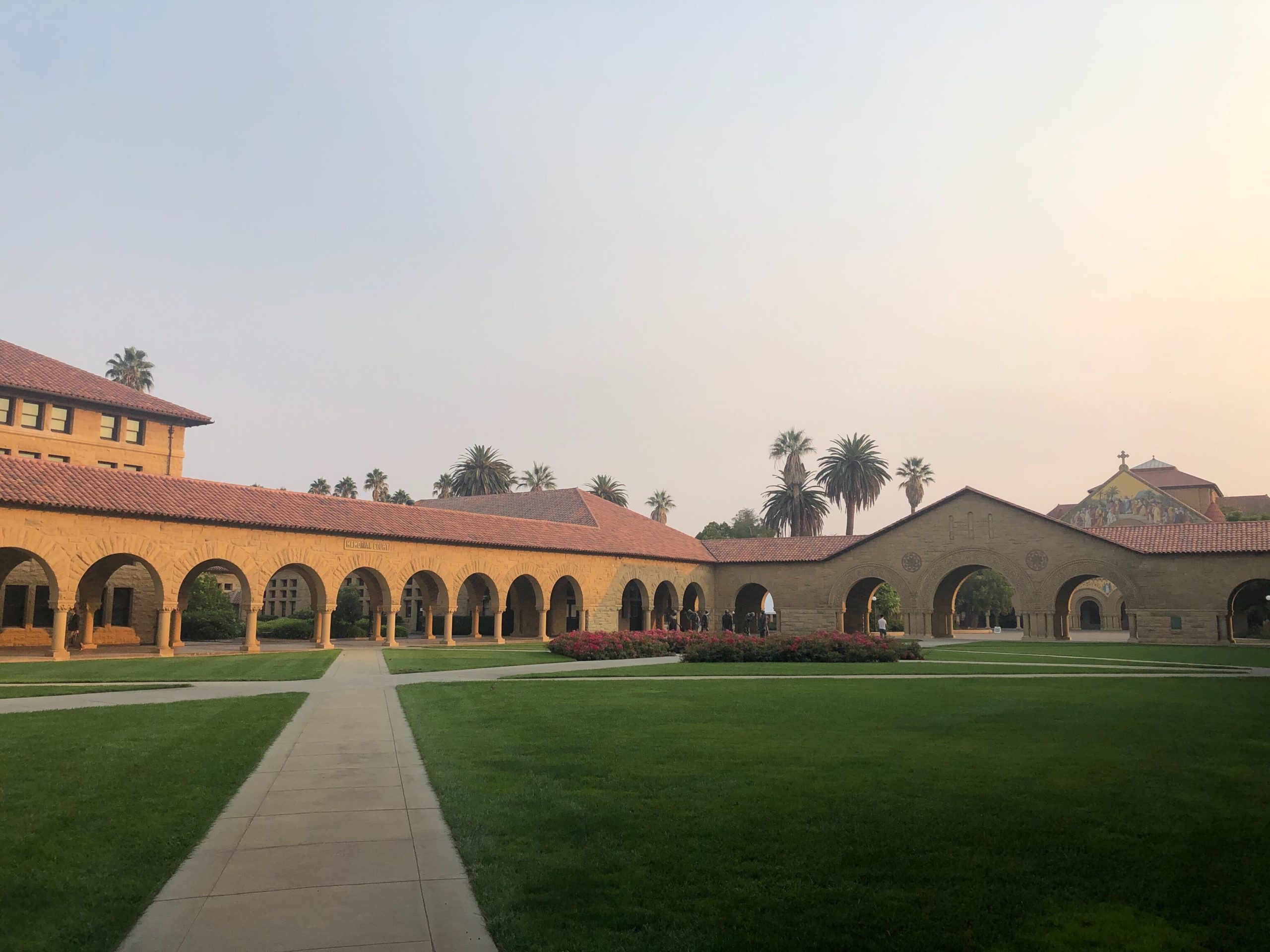Students for Workers’ Rights (SWR) members have set their sights on raising $30,000 for subcontracted workers between Nov. 29 and Dec. 31 amid concerns about a lack of pay continuation from the summer, unsafe working conditions and unclear employment prospects for workers.
In mid-November, Stanford did not provide pay continuation to about 75% of UG2 workers between June 15 and Aug. 31, according to the union that represents UG2 workers. (It is unclear what responsibility for the lack of pay continuation lies with Stanford and what lies with UG2.) Later in November, SWR organizers said that many workers will be laid off for four weeks of winter break without holiday pay and with no guarantee of employment in 2021.
University spokesperson E.J. Miranda wrote in a statement to The Daily that the University appreciates the work of subcontracted workers. He added that Stanford’s academic mission “depends upon the many employed and sub-contracted staff who provide vital services to our community every day” and the University “greatly appreciate[s] their hard work and the dedication they have demonstrated throughout the pandemic.”
He added that “Stanford met its stated commitment to UG2 for pay continuation of laid-off workers through August 31, exactly as communicated to UG2 and the custodial union,” and that “the issue of additional compensation and the employment status of contracted workers is a matter for discussion between the contracting firm and its employees.”
According to Arushi Gupta ’23, an Associated Students of Stanford University (ASSU) executive fellow for community responsibility, the donations from the community fund will be distributed to laid-off UG2 workers based on their discretion. She anticipates that most will choose to use the money for essential expenses such as paying for groceries and rent, as those were the two largest needs identified by a spring survey.
Gupta and other members of SWR hope the funds can temporarily aid subcontracted workers while they wait for more certainty about their work status.
ASSU Executive Chief of Staff Jianna So ’22 said that workers are still not receiving hazard pay or access to testing, despite being “continuously overworked” and subjected to “heightened, risky conditions.”
“From our end, as we have been communicating with workers, we can see that they are extremely stressed by the situation,” So said. “Workers do have this feeling that Stanford and specifically, UG2, their subcontractor, are betraying them.”
According to So, workers are denied pay for quarantine days unless they test positive, which establishes a “punitive system which discourages [them] from report[ing] symptoms in the first place.”
Miranda wrote, “The health of our employed and subcontracted service workers is extremely important to us. We abide by all applicable local, state and federal regulations as well as industry best practices for workplace safety.”
Adam Nayak ’22, ASSU co-director of community responsibility, said his main takeaways from conversations with workers were the consequences of increased workloads and a lack of access to testing.
“We’ve heard reports from workers about having to clean up to 10 floors individually in a day,” he said. “We’ve heard reports of employees having to take time off of work to get COVID tested without compensation and having to use their sick days to pay for the time they’re waiting for test results.”
Miranda wrote, “We meet regularly with our contractors to assess our needs and ensure there is ample staffing to complete the work.”
So expressed her frustration with what she called the University’s unchanged response since the summer. This summer, SWR’s activism drew significant alumni attention and may have swayed Stanford to publicly commit to providing pay continuation for all subcontracted workers through Aug. 31. During its last fundraiser in July, SWR raised $30,000 for laid-off Row and Suites workers in only 12 days before discontinuing its focus on monetary aid activities.
SWR has also continued to advocate for the removal of barriers to testing and a safe and transparent working environment.
“We’ve had the same demands for six months now, and it’s really heartbreaking to see both UG-2 and Stanford blatantly go against the values that they say they are based on,” she said.
Miranda wrote that Stanford performs “routine safety checks to ensure that our custodial contractor is providing its employees with the appropriate level of protective gear depending on the cleaning needs — including gloves, face masks, safety glasses and coveralls.”
Because Stanford does not compensate subcontracted workers for testing, cases do not appear on the University dashboard.
“Contracted firms are required to notify us if an employee working on campus has a positive test result,” Miranda wrote. “We have also required COVID-19-specific training on hygiene best practices for staff.”
SWR organizers alleged that the responsibility to support service workers ultimately lies with the University, particularly given plans to welcome freshmen and sophomore students to campus in the winter.
According to Nayak, SWR organizers will be involved in conversations with administrators to ensure that service workers are not overwhelmed or endangered by the heightened workloads.
“I think what it really comes down to is that these are people who Stanford has relied on for years,” Gupta said. “We don’t want them to be left vulnerable now in the midst of a pandemic when they’ve been doing so much to keep us safe. Service workers… are often left out of [the] decision-making process. And you have to really hope that changes.”
Contact Jodie Meng at jomeng ‘at’ stanford.edu.
